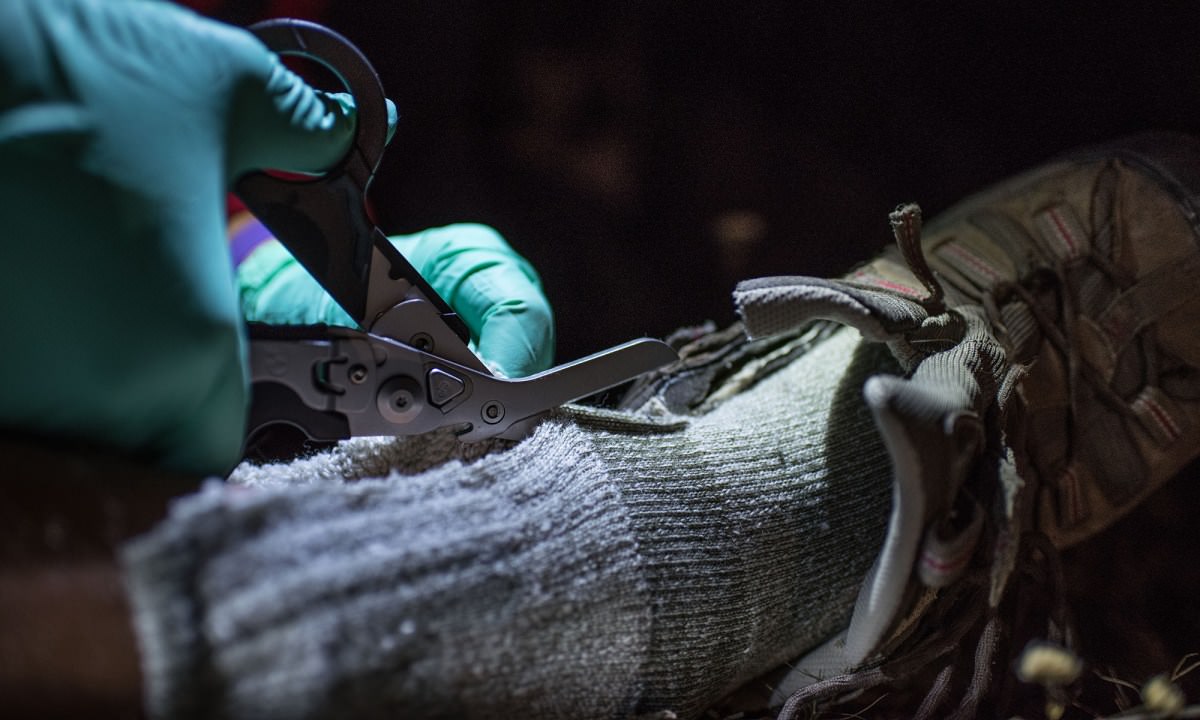While you can buy a first aid kit, making one yourself might end up helping you more depending on the activities you engage in.
I’m a former Wilderness First Responder, Emergency Medical Technician and volunteer ski patroller, so while I’ve worked a few urban emergencies (or, “calls"), most of my medical training and experience is in the backcountry, which we define as “more than an hour from definitive care." Definitive care is when you hand off your patient to the Emergency Room or to a paramedic when you reach an ambulance at a trailhead.
In my daily adventures, I tend to break my First Aid kits up by sport. At the ready I have a minimum of a backcountry skiing kit, a climbing or peak-bagging kit, an ultralight backpacking kit, and a general first aid kit I’ll keep in my vehicle. This allows me to tailor items by weight and necessity. I won’t carry water purification tablets in the winter; but I might have a small Ace bandage in each kit. The kit in my car doesn’t need to be waterproof, but the one in my backpack does.
Here’s a sneak peek into a couple of critical items you might not have thought of when building your own First Aid kit:

Rubber Gloves and Mask
A lot of normal people wouldn’t think to carry BSI, or Body Substance Isolation, equipment in their first aid kit, but they should. If you have to stop bleeding on a patient, or give CPR to someone you don’t know, it’s really smart to protect yourself from the transmission of disease. Putting on protective glasses, gloves and a mask is usually the first thing a professional caregiver does when entering the scene of an emergency.
Leatherman Raptor
The Raptor is the do-it-all tool for Paramedics and other emergency medical workers such as firemen and ski patrollers. The scissors are sharp enough to cut through a pair of jeans or even a snowboarding boot. It’s got a glass breaker in case you go into the water in your vehicle or have to smash a car window to save someone. It’s got a razor-sharp strap cutter for seat belts, sternum straps, and other entrapment hazards. And it’s got an oxygen tank wrench, a ring cutter, and a ruler—so you can give medics or 911 operators good information about the size of a laceration or impalement. It can be worn in the awesome plastic sheath it comes with or clip to a belt or a pack safely without the sheath.
Athletic Tape and Non-Adherent Pads
Instead of bunch of Band-Aids, Moleskin, gauze, gauze pads, and Steri-strips, all of which I also carry, the two most important items in your First Aid kit are a roll of white athletic tape and bunch of 4×4 non-stick wound pads. Medics will refer to these pads as “4x4s" and they use a ton of them. With these two things, I can fix everything from a lunchtime finger cut to a blister to a sprained ankle.
Use your scissors to cut the pad to size as needed, or just fold it over for double blood-stopping power, and wrap the hell out of the extremity with the tape (but not so tightly that you are cutting off circulation). You can even use your tape to fix a broken ski binding, tent pole, or tear in your down jacket.